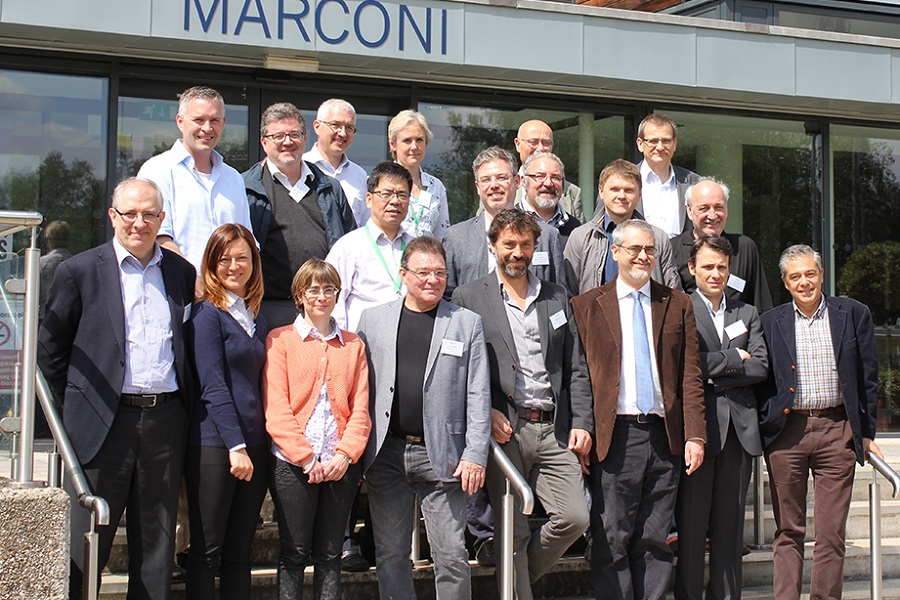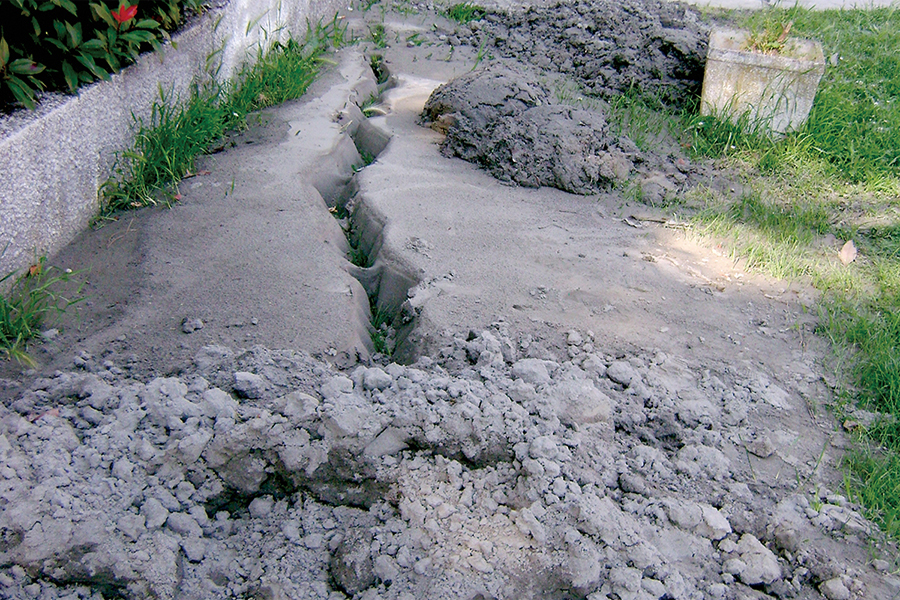Recent earthquakes have demonstrated the devastating impact of earthquakes triggering soil liquefaction (Earthquake-Induced Liquefaction Disasters, EILDs), causing serious structural damage and loss of life. In some cases, EILDs have accounted for half of the total economic losses resulting from the earthquake itself.
Although the causes of liquefaction had largely been identified, it was necessary to recognise the factors contributing to its occurrence, assess the risks and find effective techniques to reduce its negative impact on buildings. The most appropriate mitigation strategy must also be implemented, taking into account the site’s susceptibility to liquefaction and the type and size of the above-ground structures.
The LIQUEFACT project, funded by the EU under H2020 – DRS 2015 call (Research Innovation Action), focused on mitigating the risks associated with EILDs in Europe through a holistic approach.
The project addressed not only the resistance of structures to EILD events, but also the resilience of the collective urban community in relation to rapid recovery from an event.
LIQUEFACT aimed to gain a deeper understanding of EILDs, the application of mitigation techniques and the development of more appropriate techniques tailored to each specific scenario, both for European and global situations.
The project, which started on 1 May 2016, lasted three and a half years. Partners are:
- Anglia Ruskin University (United Kingdom) – Coordinator.
- Università degli Studi di Pavia and EUCENTRE (Italy) – Technical lead.
- Universidade do Porto (Portugal).
- Università degli Studi di Napoli Federico II (Italy).
- Trevi S.p.A. (Italy).
- Stiftelsen Norsar (Norway).
- Univerza v Ljubljani (Slovenia).
- Università degli Studi di Cassino e del Lazio Meridionale (Italy).
- Slp d.o.o. Ljubljana (Slovenia).
- Istituto Sperimentale Modelli Geotecnici, ISMGEO (Italy).
- Istanbul Universitesi (Turkey).
 Eucentre is a non-profit private law foundation whose mission is to conduct research and provide training and services in earthquake and safety engineering
Eucentre is a non-profit private law foundation whose mission is to conduct research and provide training and services in earthquake and safety engineering  Eucentre promotes science, research and innovation for the benefit of the community, offering targeted methodologies and concrete solutions for prevention, safety and resilience. It collaborates with institutions and companies to disseminate competencies for the common good.
Eucentre promotes science, research and innovation for the benefit of the community, offering targeted methodologies and concrete solutions for prevention, safety and resilience. It collaborates with institutions and companies to disseminate competencies for the common good. Shake-tables
Shake-tables Other test systems
Other test systems Eucentre carries out research activities in earthquake engineering and risk reduction through laboratory testing and numerical analysis, aiming to improve the seismic performance of structures and soils and to develop innovative seismic retrofitting techniques.
Eucentre carries out research activities in earthquake engineering and risk reduction through laboratory testing and numerical analysis, aiming to improve the seismic performance of structures and soils and to develop innovative seismic retrofitting techniques. The Foundation promotes diverse and high-quality training activities aimed at academic and professional contexts, with constantly updated and innovative programs and initiatives designed to meet the evolving needs of the sector and society
The Foundation promotes diverse and high-quality training activities aimed at academic and professional contexts, with constantly updated and innovative programs and initiatives designed to meet the evolving needs of the sector and society  Eucentre ensures communication aimed at informing institutions, professionals, and citizens about ongoing activities and projects, with the goal of disseminating useful and accessible content and knowledge. It contributes to promoting a shared and informed culture of prevention and resilience.
Eucentre ensures communication aimed at informing institutions, professionals, and citizens about ongoing activities and projects, with the goal of disseminating useful and accessible content and knowledge. It contributes to promoting a shared and informed culture of prevention and resilience.


